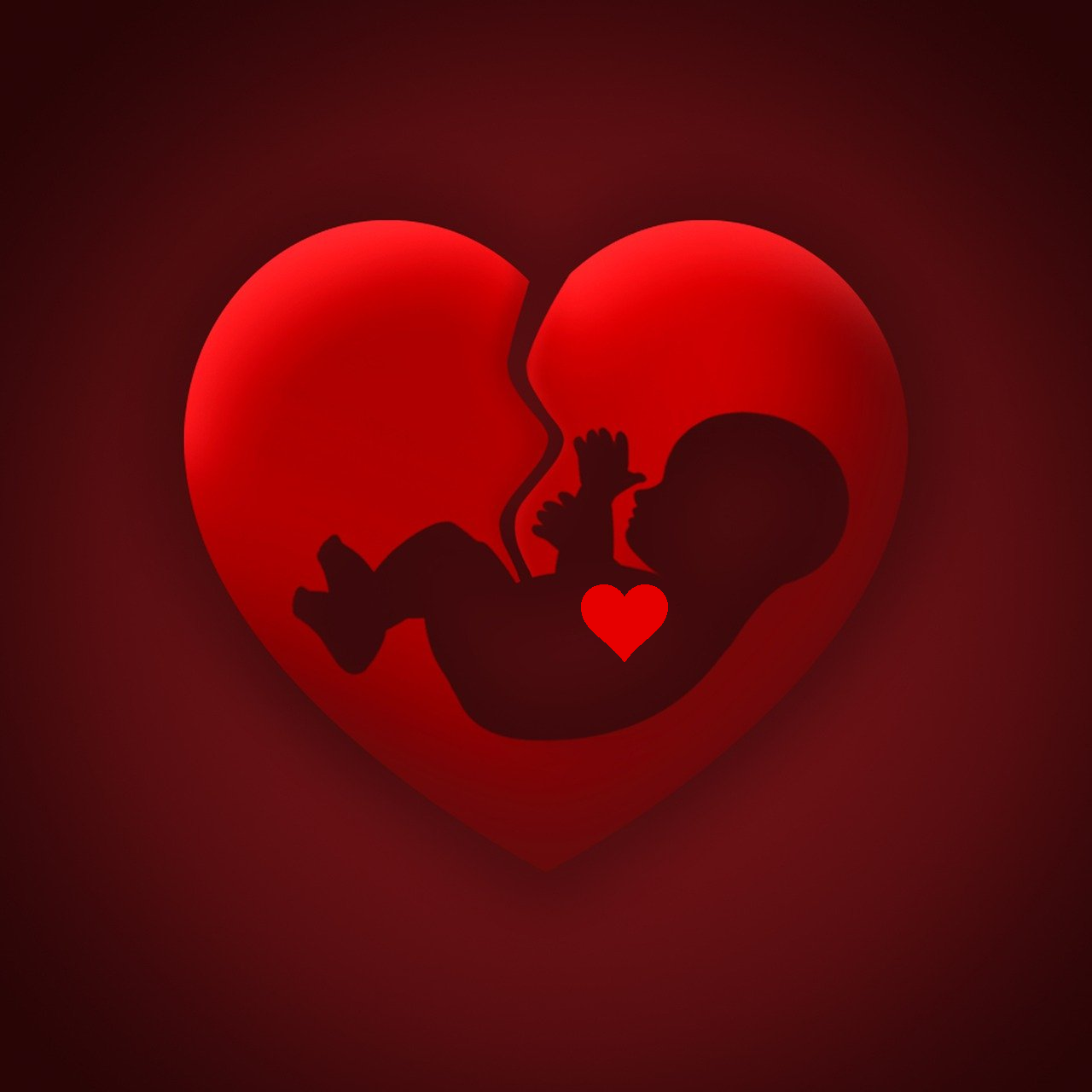Development of the Cardiovascular System

- Chapter 1 – Fertilization – Embryology
- Chapter 3 – Development of the AtriaThe atria are the two upper chambers of the heart. They act as reservoirs for blood that will fill the ventricles. and Venous Return
- Chapter 4 – Development of the Ventricles and Major Arterial Vessels
The cardiovascular system is the first to become functional in the embryo. As early as the 3rd week, bloodBlood is composed of red blood cells, white blood cells, platelets, and plasma. Red blood cells are responsible for transporting oxygen and carbon dioxide. White blood cells make up our immune defense system. Platelets contribute to blood circulation begins, providing nutrients and oxygen to the rapidly growing cells.
Birth of Blood Vessels and Primitive Blood Cells
BloodBlood is composed of red blood cells, white blood cells, platelets, and plasma. Red blood cells are responsible for transporting oxygen and carbon dioxide. White blood cells make up our immune defense system. Platelets contribute to blood vessels initially form through the creation of small cavities, or lacunae, within the embryonic cells. These lacunae gradually connect to establish a vascular network. The cells remaining inside these conduits differentiate into primitive bloodBlood is composed of red blood cells, white blood cells, platelets, and plasma. Red blood cells are responsible for transporting oxygen and carbon dioxide. White blood cells make up our immune defense system. Platelets contribute to blood cells.

This process occurs simultaneously throughout the embryo and the placenta, ensuring an adequate supply of nutrients and oxygen essential for development. However, the actual production of fetal bloodBlood is composed of red blood cells, white blood cells, platelets, and plasma. Red blood cells are responsible for transporting oxygen and carbon dioxide. White blood cells make up our immune defense system. Platelets contribute to blood does not begin until the second month of gestation.
A drawing for better understanding
The development of the heart and its position within the embryo lend themselves well to illustration.
Imagine a sphere containing the future embryo, shaped like a flat disc separating two distinct cavities.
Outside this sphere, a network of bloodBlood is composed of red blood cells, white blood cells, platelets, and plasma. Red blood cells are responsible for transporting oxygen and carbon dioxide. White blood cells make up our immune defense system. Platelets contribute to blood vessels begins to form to nourish and oxygenate the embryo, ensuring its development.

Cells programmed for the heart are far from the chest
Let’s return to the image of the disc at the center of the sphere. At this stage, the cells destined to form the heart are located in the cardiac region, situated at one end of the disc.
This region is positioned in front of embryonic structures such as the head, brain, and other developing organs. In this area, two parallel tubes begin to form on either side, marking the initial steps in the heart’s construction.

The Heart Folds Over Itself as It Grows
Certain parts of the embryo, such as the head and brain, develop more rapidly than others. This asymmetrical growth causes the embryonic disc to bend.
At the same time, the disc widens, leading to a second lateral curve, similar to a bird folding its wings toward its belly.

This lateral folding brings the two parallel cardiac tubes closer together, which fuse at their central portion during the third week of development.

During the fourth week, this single cardiac tube grows rapidly, forming dilations and constrictions at various points.
Its rapid growth, combined with limited space, forces it to bend to the right, first taking on a “U” shape. As it continues to develop, it adopts an “S” shape.


This folding process repositions the various parts of the embryonic heart: the atrium and venous sinus move to the back, while the ventricle and arterial bulb occupy the front.

Rapid Head Growth Pushes the Heart into the Thorax
As the embryonic disc folds laterally to allow the fusion of the cardiac tubes, the rapid development of the head induces significant bending. This bending gradually shifts the cardiac region, which was initially located at the front of the embryo.
Due to this movement, the cardiac region is pushed beneath the embryo, positioning the heart inside the thoracic cavity—its final location.

And Its Placement in a Small Sac
As the heart moves into the future thoracic cavity, it enters a small space that has formed to enclose it.
This space becomes the pericardiumThe pericardium is a sac surrounding the heart and containing a lubricating fluid that allows it to glide with each beat without friction., a thin protective membrane that surrounds the heart. The pericardiumThe pericardium is a sac surrounding the heart and containing a lubricating fluid that allows it to glide with each beat without friction. safeguards the heart while allowing it to move freely, ensuring it remains securely positioned within the chest.
























